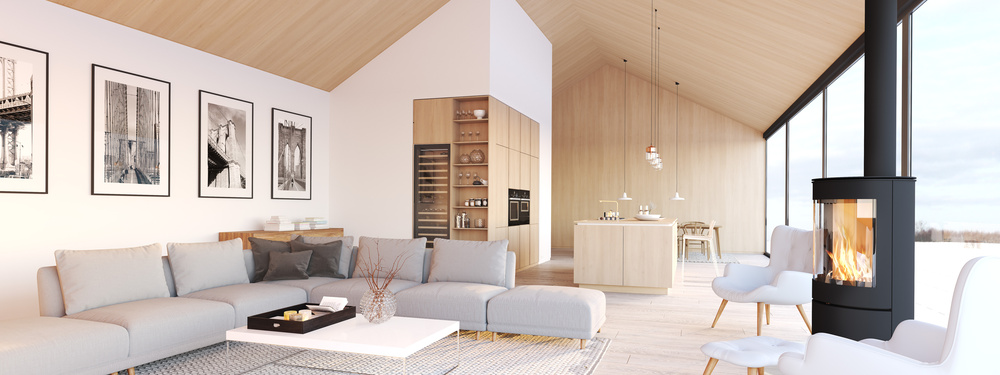Getting a new house can be one of the best experiences for most people, but it can also be quite stressful. There’s a lot to consider, including the cost, size, layout, locality, and other factors. If you’re about to embark on this exciting yet scary journey, here are eight helpful tips to help you choose the right home design:
Have A Budget
Before you come up with the perfect plan or design, it’s prudent to have an idea about the cost involved. Consulting home builders about the cost of each home design that catches your fancy could help you with budgeting.
You need to have a budget for the plan and the total building project. A realistic budget could help you choose a design that’ll not leave you out of pocket or in debt. It also helps you narrow your search for the perfect home design.
Know The Space Requirements
Before you choose the right home design, you need to carefully think about the square footage on which your house will stand. The type of home design will largely depend on the space available for the house. Knowing the space requirements also has a bearing on the costs of the house. Furthermore, the area footage determines the complexity of the design. For example, if you want a big house on a small piece of land, you must choose a home design with multiple floor plans.
Determine Your Needs
Your home is more than just four corners and a roof. It has different functions apart from providing shelter. Therefore, you must think carefully about your requirements before choosing a home design. For example, if you have a big family, you may consider a design with ample space for your family.
If you love hosting, you could pick a design that allows you to comfortably have people in and out of your home. Also, if you work from home, you could consider a design with a reading room, studio, or office. The bottom line is to know how you’ll use your house.
Consider Energy-Saving Designs
In light of climate awareness and the ever-escalating cost of living, you may consider energy-saving home designs. Your design should provide energy-saving solutions like adequate natural light, renewable energy, sufficient insulation, water harvesting plumbing systems, and others. Some energy-saving designs could seem expensive initially, but in the long run, they may be more cost-effective.

Consider The Location
When choosing a home design, you must be cognizant of the locality in which you intend to live. The type of homes in the suburbs is quite different from city dwellings. A house in a city will naturally have a vertical design while a house in the suburbs could have enough space for a horizontal floor plan. The location where you intend to have your house also determines other design features, including the type of building materials, as well as the size of the house.
Take Your Furniture Into Account
If you have old furniture and sentimental ornaments that you intend to keep in your new home, you must consider them when choosing a home design. For example, if you intend to keep an old painting or piece of sculpture, you may want to incorporate it into your home design.
It’s also worth considering the furniture you’ll have in your new home. It must fit well with any old furniture you may want to take along with you. It’d be unfortunate to have a clean modern design riddled with old rustic furniture. Discuss your plans with an architect so that everything is seamlessly intertwined in the final design.
Consider Modifications To Your Current Home
Sometimes, it’s better to modify your current property rather than come up with a totally new home design. For example, if you feel that your family has outgrown your current home, you could extend your house by adding more rooms to suit your needs. Renovating your current home may have advantages, including cost-effectiveness. Consult your architect and come up with the best plan for your budget.
Accept That Every Design Has Pros And Cons
It’s important to understand that everything has its pros and cons, so you must be willing to accept that some of the things you want in your home design could have some negative impacts. For example, if you want a design with lots of windows, you have to be willing to live with the fact that your home will likely have less weather and noise insulation.
Conclusion
Thousands of different home designs have exciting and attractive blueprints and floor plans. But at the end of the day, you must pick a design suitable for your locality, needs, budget, and taste. You could also consult professionals if you have trouble deciding on the best one. Good luck.






